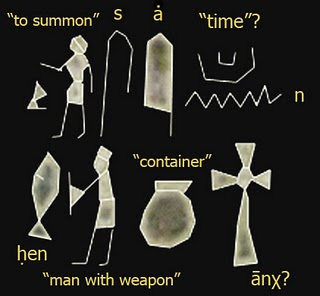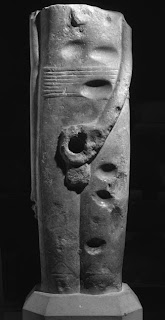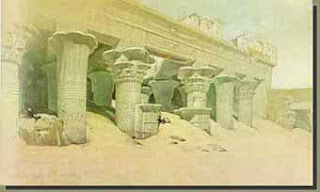First appearance of the Jews in ancient Egypt
May 14, 2010
First appearance of the Jews in ancient Egypt
The first appearance of the jews in the old history was accompanied by the migration of Ibrahim the father of all the prophits from Kildan (Iraq ) across the desert to the land of the Kanaan people who are the origin of the Finijians in Lebanon
The first appearance of the Jews inEgypt was started by the migration of Jaccob and his 11 sons from palastine to Egypt Egypt
The first appearance of the Jews in











































